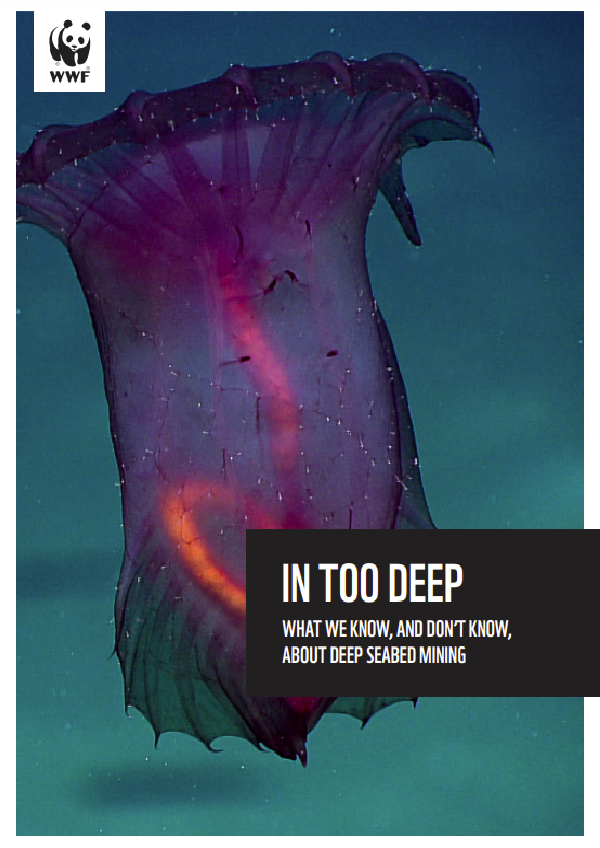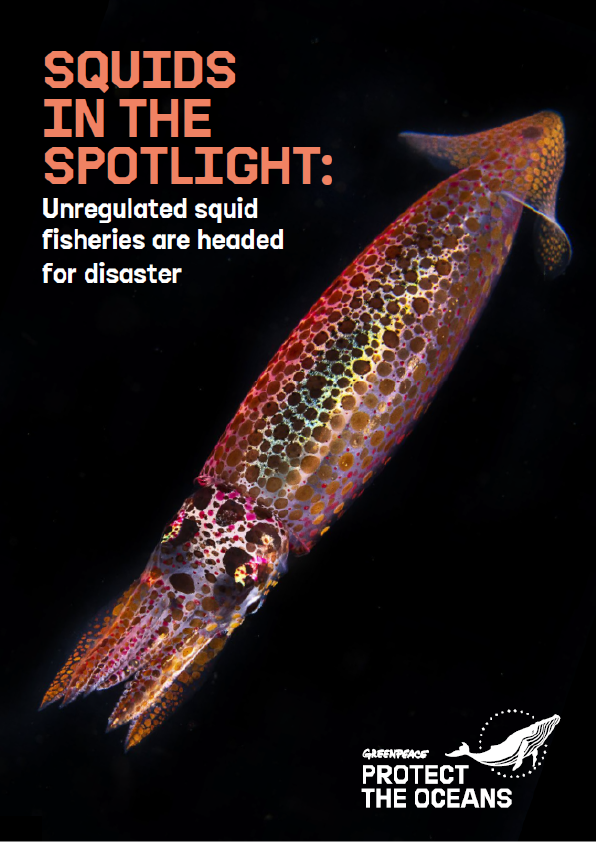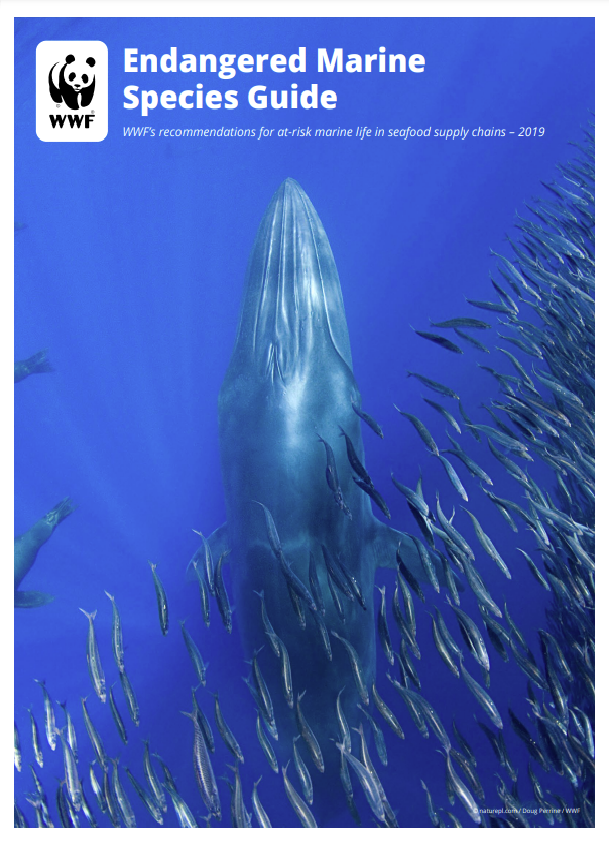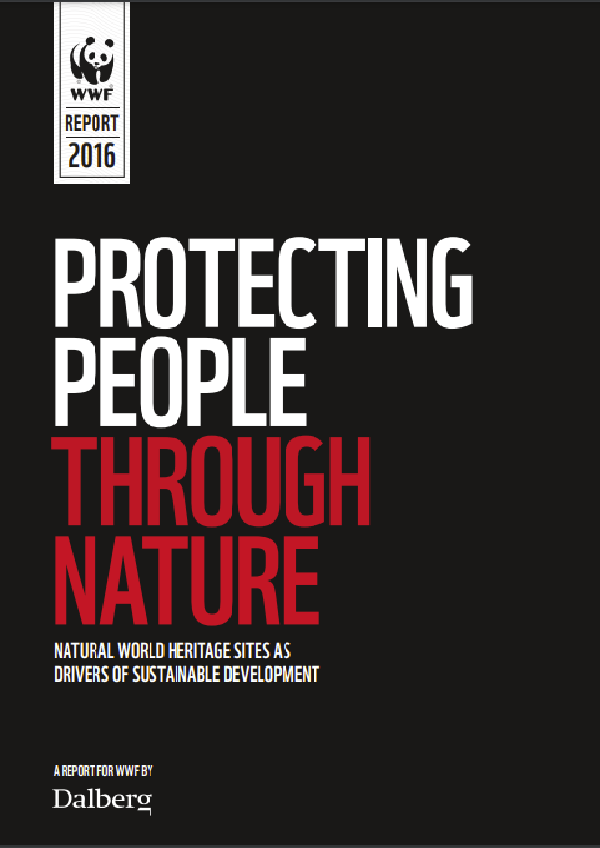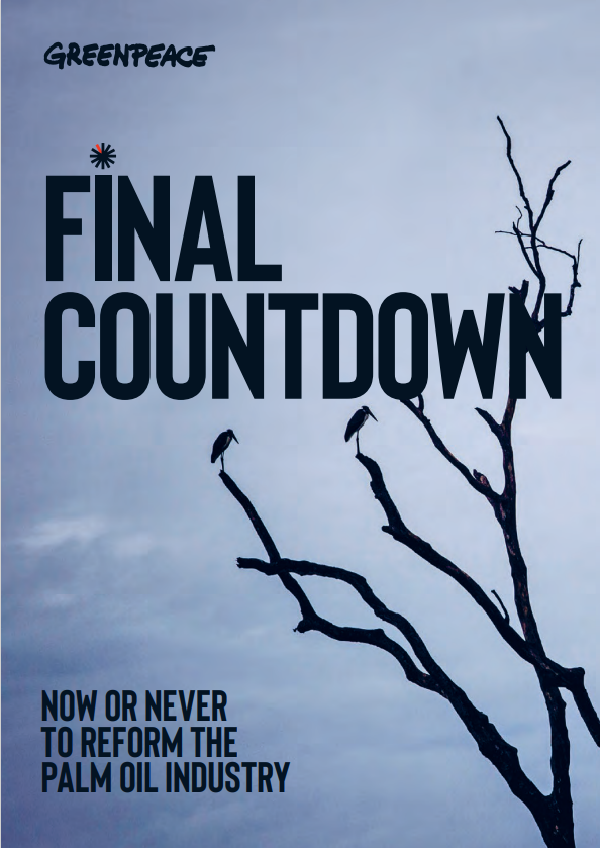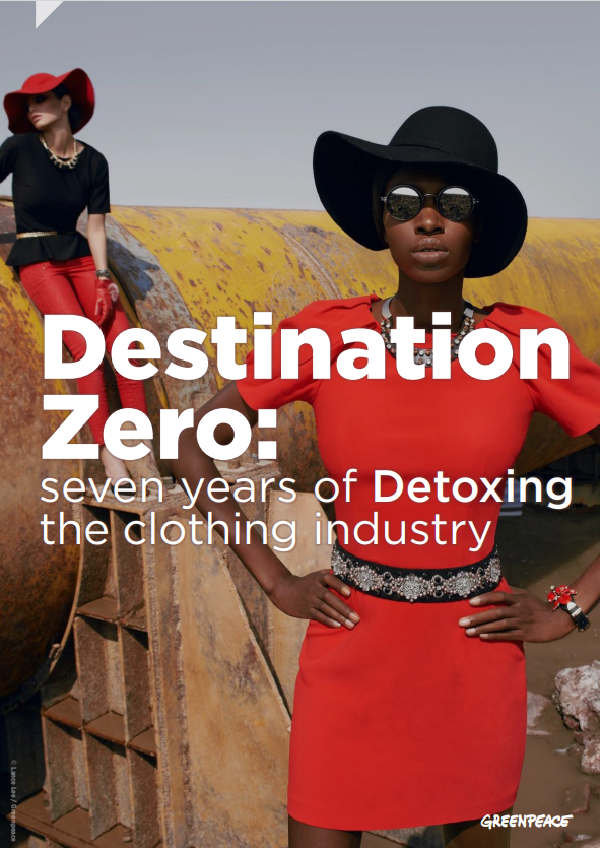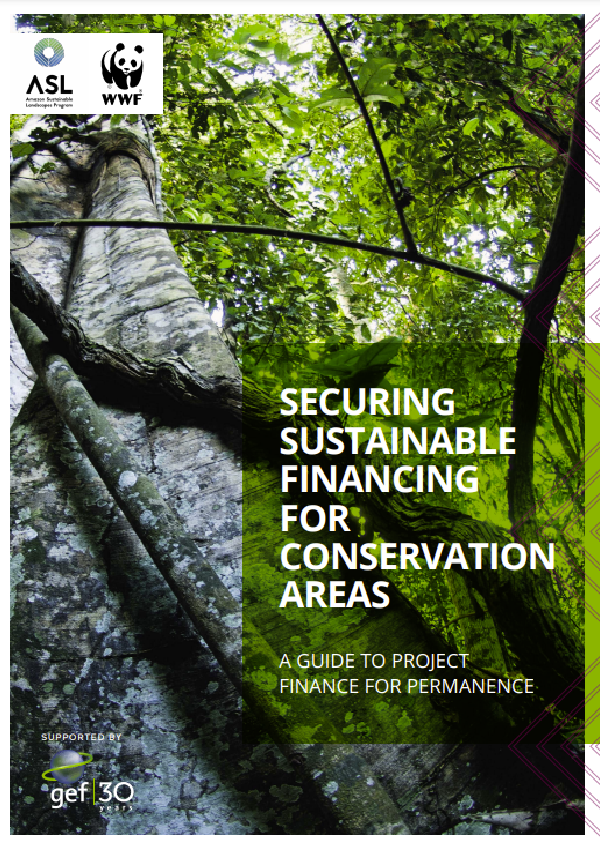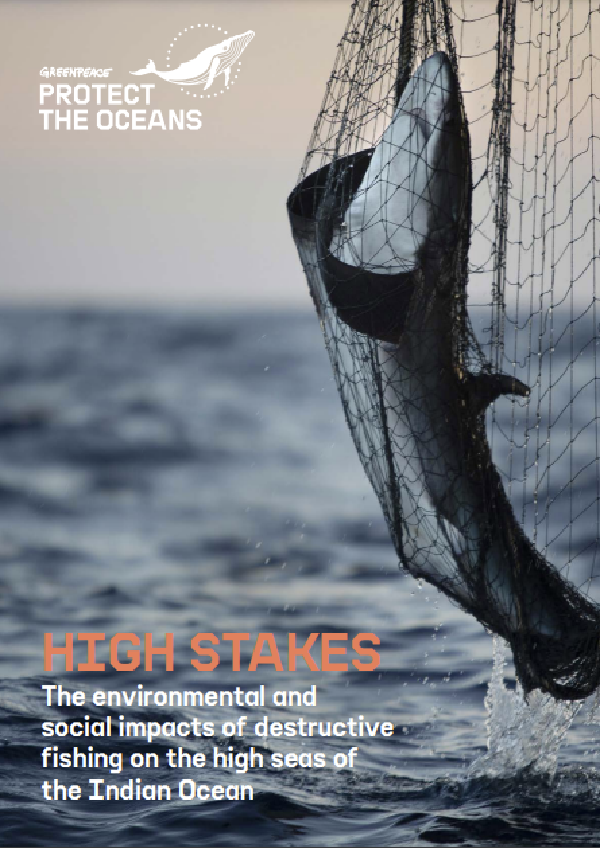The deep seabed is our planet’s final frontier. Covering around half the Earth’s surface, it’s a largely unknown, uncharted world. But we’re beginning to discover that it’s a world teeming with life and that it exerts a major influence on the whole ocean ecosystem and on our climate.
It’s also rich in metals and minerals. Some argue that mining the deep seabed is our best bet for providing the cobalt, lithium, nickel and other minerals needed under a business-asusual scenario to enable the massive growth in the number of electric vehicle batteries, solar panels and wind turbines over coming decades. Proponents also suggest that mining the deep seabed could avoid the negative environmental and social impacts of mining on land.
But the risks are great. Mining would have a destructive impact on deep-sea ecosystems and biodiversity, which could have a knockon effect on fisheries, livelihoods and food security and compromise ocean carbon, metal and nutrient cycles. It also runs counter to the transition to a circular economy, undermining efforts to increase recycling and reduce the use of finite resources.
Ultimately, moving to a low-carbon future will require major structural changes in our economy and in our lifestyles – not a rush to exploit the resources of previously untouched areas of our planet.
This briefing presents the existing knowledge on the likely environmental and socioeconomic impacts of deep seabed mining in the context of global efforts to transition to a low-carbon circular economy.
DO WE NEED MORE METALS?
Material demand is expected to increase significantly over the coming decades with the rapid growth in electric vehicles. One 2019 study, for instance, includes scenarios where demand for cobalt, lithium and nickel well exceeds current mining reserves by 2050 – in the case of cobalt by around 420%.1 Other studies have made similar projections.
But these estimations are at the upper end of the range – the same studies say that mineral demand can in fact be kept within terrestrial limits. Demand reductions of as much as 60-90% for almost all minerals are possible with increased material efficiency and recycling.2 The models also don’t take account of the rapid technological developments in material science, innovative business models or policy and lifestyle changes that could reduce demand.
The electric vehicle sector in particular is young and rapidly evolving, with manufacturers regularly announcing innovations – from new solid-state battery technologies that could halve battery size to modular battery rental schemes that can optimize battery utilization.
WHAT IS THE ENVIRONMENTAL IMPACT OF OCEAN MINING?
Up to now, deep-sea ecosystems have experienced little disturbance from human activities. But we know they are likely to have low levels of resilience. Various characteristics reduce their capability to withstand and recover from disturbance: species are long-lived and slow to reach reproductive age, and fertility rates are low. Given the slow pace of deep-sea processes, destroyed habitats are unlikely to recover within human timescales.
Next to direct destruction of ecosystems when minerals are mined, major damage and disturbance would likely arise from light, noise and sediment pollution. It’s important not only to consider these risks at a project level but to look at their cumulative impact, since deep seabed mining would affect areas at continental scale. A single polymetallic nodule mining operation would pour millions of tonnes of sediment back into the water, releasing already accumulated metal particles and smothering the habitat of deep-sea organisms.
While deep seabed mining as an industry has been valued at US$2-20 billion,5 it threatens to disrupt a much wider ocean economy, valued at US$1.5-2.4 trillion annually.6 Because marine ecosystems have no obvious physical boundaries, deep seabed mining cannot occur in isolation and its impacts would not be limited to the ocean floor. Disturbances can easily cross ecological and jurisdictional boundaries, leading to unexpected and unquantifiable consequences, even on land. Loss of primary production, for example, could affect global fisheries, threatening the main protein source of around 1 billion people and the livelihoods of around 200 million people, many in poor coastal communities.
